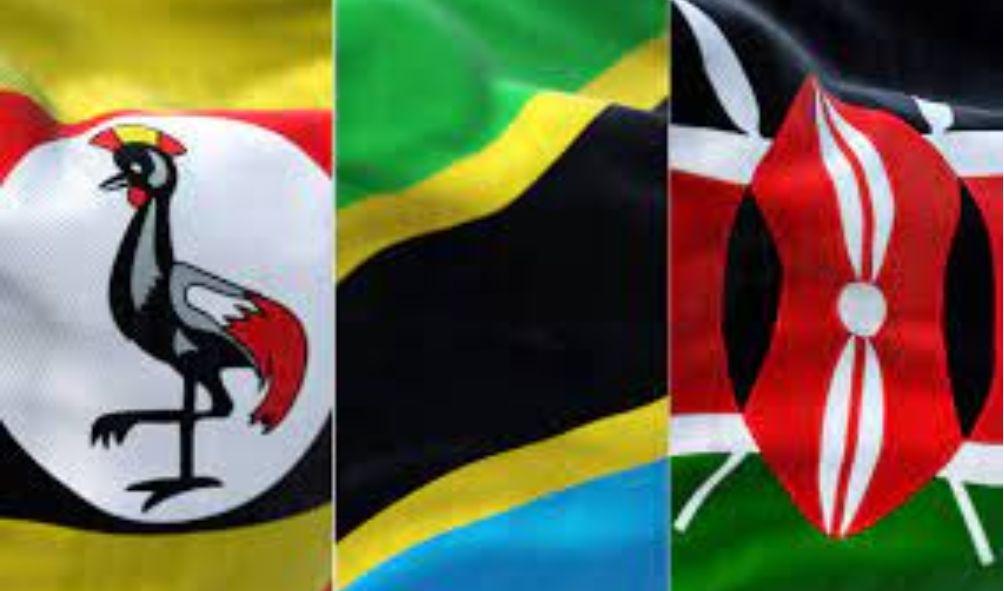Kenya Trails Uganda and Tanzania in Inflation Ranking: IMF Report (2023)
According to the International Monetary Fund’s (IMF) World Economic Outlook (2023), Kenya’s economic standing has declined in comparison to its East African Community (EAC) neighbors, Uganda and Tanzania.
According to the report, Kenya had an inflation rate of 7.38 percent and ranked 100th globally.
Tanzania, on the other hand, had the lowest inflation rate in the EAC, registering 3.96 percent and ranking 161 globally, whereas Uganda, with 6.44 percent, ranked 19 places higher than Kenya.
In addition to having a high inflation rate, Kenya ranked 64 globally in terms of its debt to Gross Domestic Product (GDP) ratio, which stood at 68.4%.
According to the international research firm Wisevoter, countries seeking economic prosperity were concerned about high inflation.
“Since inflation is a persistent increase in the overall price level of goods and services in an economy over time, it is the most closely watched economic indicator because it affects the purchasing power of a currency,” the international company explained.
A high inflation rate harms economic growth by reducing consumer purchasing power, causing uncertainty, and leading to higher interest rates, according to the company.
ALSO READ: Job Losses Imminent as Ruto Taxes Prompt Employer Layoffs
Expert Input
Vincent Kimosop, a renowned economist, told GossipA2Z that IMF data indicated that Tanzania and Uganda had a lower cost of living than Kenya.
However, Kimosop cautioned that the inflation rate alone should not be used to conclude that Tanzania and Uganda have stronger economies than Kenya.
“Generally, the inflation rate is calculated by averaging the prices of a sample basket of goods.”
“To get a complete picture of a country’s economic health, you must consider all macro prices, including interest rates, exchange rates, and inflation,” he explained.
The Ugandan shilling continued to gain strength against the Kenyan shilling on the exchange rate.
In June 2022, one Kenyan shilling was worth 32 Ugandan Shillings, but by June 2023, the exchange rate had strengthened to 26 Ugandan Shillings per Kenyan shilling.
Ksh1 was exchanged for Tsh21 in May 2021 and Tsh17 in June 2023, indicating that the Tanzanian currency was rapidly appreciating against the Ksh.
Kimosop opined that it was prudent to investigate speculative factors in addition to those causing pressure on the Kenyan Shilling.
As both economies are heavily reliant on agriculture, the economist noted that the worst drought in forty years, which occurred in 2022 and 2023, may have favored Uganda.
“Uganda is a country with a food surplus. In terms of the cost of living, these countries (Tanzania and Uganda) are relatively less expensive, he stated.
Kenya Trails Uganda and Tanzania in Inflation Ranking: IMF Report (2023)
HEY READER. PLEASE SUPPORT THIS SITE BY CLICKING ADS. DON’T FORGET TO HIT THE NOTIFICATION BELL FOR MORE UPDATES AROUND THE GLOBE.
